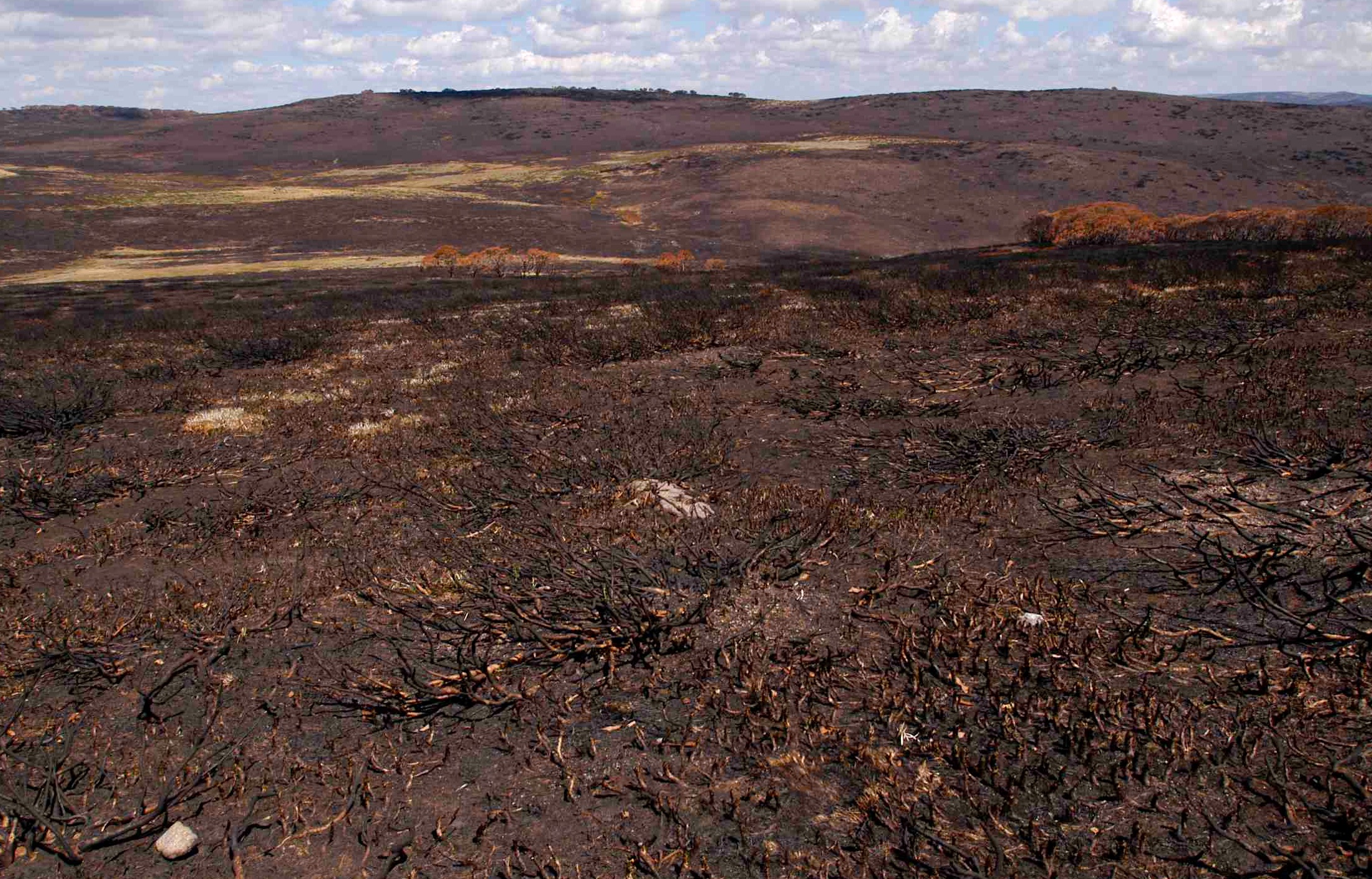
Environment
Getting revegetation right with genetics

Australia’s season of bushfires shows us just how easily our unique biodiversity and ecosystems could be wiped out. Now is the time for long-term planning for climate change to protect them
Published 21 February 2020
This summer’s devastating Australian fires and their continuing impact on biodiversity serve as a stark reminder of the challenges in nature conservation as we head into an increasingly volatile future driven by climate change.
It is no longer sufficient to protect land areas as part of a national reserve system in the hope that these areas can protect the rare and vulnerable species within them and maintain overall biodiversity.

Megafires destroy vast tracts of land and are now occurring at a frequency and severity that prevents natural ecosystem recovery processes.
The Australian alpine region has historically experienced a major fire every 50 to 100 years. In the last two decades alone, we have witnessed four significant fires in 2003, 2007, 2009 and 2019, with some areas burnt more than three times since 2003.
While scientific evidence has highlighted that most Australian ecosystems, including those in our alpine regions, are resilient to the occasional severe fire, the increase in frequency and severity is likely to result in substantial and permanent impacts.

Environment
Getting revegetation right with genetics
This includes local extinctions and changes to ecosystems like forests becoming more flammable.
In a future that predicts increases in the intensity, duration and frequency of fires, drought and other severe weather, how do we protect Australia’s unique biodiversity?
This is a big question when faced with a political system both within and outside Australia that either lacks the political will to reduce worldwide emissions or outrightly denies the science of climate change.
Across a timeframe of hundreds of thousands of years, biodiversity has persisted in natural environments despite substantial shifts in climate as a result of evolutionary processes that allows it to adapt to any gradual changes in climate.

However, the unprecedented rates of climatic change we’re currently seeing now will likely be too rapid for most animals and plants to adapt – especially for long-lived species.
So, the persistence of vulnerable species under climate change is likely be governed by the availability of refugia within the landscape.
Landscape refugia are locations that contain various attributes (such as mountain topography) which act as a buffer to extremes in climate change.

At a genetic level, these refugia also typically harbor high levels of genetic variation both within and between species. Important genetic refugia are well known in the northern hemisphere, including some North American trees, where they have been identified in relation to glaciation (the formation, movement and recession of glaciers).
Identifying key biodiversity refugia within a landscape is no easy task.
This is because locations with high species richness are not always the same locations as those that are capable of buffering against environmental change while also maintaining high genetic diversity.
However, recent advances in genetics are providing scientists with the better tools to identify locations which have acted as refugia for thousands of years.
These particular refugia, called evolutionary refugia, highlight areas where populations have persisted though substantial environmental change and where genetic connectedness has provided an influx of new genetic material.

The groups in these refugia, both related and unrelated, often show overlapping patterns of genetic diversity – showing us that conserving evolutionary refugia can protect biodiversity across multiple organisms.
For instance, refugial areas of native insects in Victoria’s alpine region have been found around mountain summits. But other organisms, including plants, show similar patterns of high genetic diversity.
While the exact reasons these patterns exist may remain unclear, they highlight areas where disparate species have persisted despite major environmental changes.

Arts & Culture
Our savage history of fighting bushfires
Modern DNA approaches have become very efficient in identifying patterns of population processes across evolutionary history.
We can now can track ancient changes in population size as well as unpick how organisms have moved in and out of refugial areas. These tools have become cheaper and more readily available, allowing us to build up detailed pictures of persistent diversity across our landscape.
Following the devastating fires this summer, now is the time to identify, conserve and protect genetic refugial areas.
We need to plan for extra protection measures in identified biodiversity refugia; we’ve already seen it’s possible to protect key areas in times of crisis after specialist firefighters were deployed to save the world’s last stand of ancient Wollemi Pine from the Gospers Mountain fire in New South Wales.

The trees’ preservation means, in the long term, that they can be used as source populations when, or if, the climate stabilises.
But, in the short term, it’s critical we ensure that connections are maintained between refugia and the surrounding landscape by promoting the movement of individuals with diverse genotypes across the wider landscape.
This means human involvement – distributing seed, eggs and other propagules. It is important to move away from local management of environments to ‘evolutionary’ management of biodiversity that recognises that the entire landscape cannot be preserved.
We need to rethink biodiversity protection and take a much longer perspective in terms of its conservation, accepting that we cannot ‘save’ species, but that we can only reduce the extent to which biodiversity is depleted.
This requires strong leadership, political will and an evolutionary approach to conservation as our climate changes.
Banner: Wollemi Pines in New South Wales/AAP